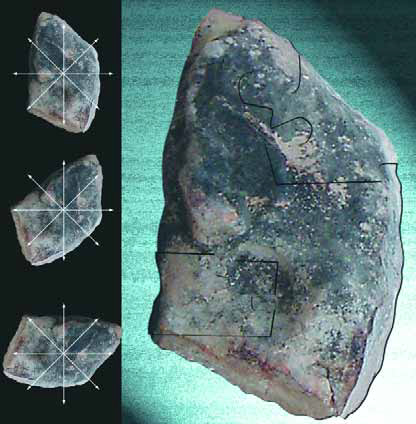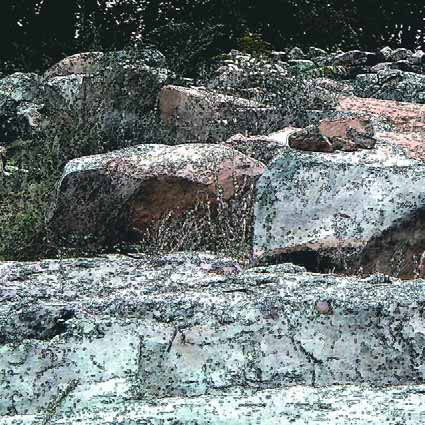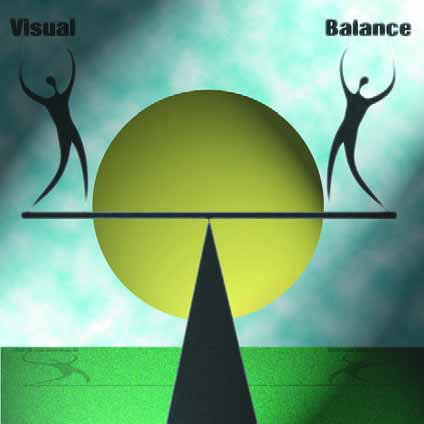Pools & Spas
Backwash valves are the unsung heroes of many a fine hydraulic system. Seldom considered other than when in use, these handy devices simplify filter maintenance, significantly extend filter cycles and even serve to stretch the service lives of a filter’s internal components. Ensuring that level of reliable performance, says hydraulics expert Steve Gutai, is a matter of understanding the role these valves play and selecting the right one for the given application. Backwash valves are simple in concept: They reverse the flow of water through a filter and, in so doing, dislodge dirt and debris that has built up on the surface of and in the filter medium. This procedure has a couple of key benefits in both sand and diatomaceous-earth filters: First, it improves filter performance by breaking up and flushing out the near-solid cakes of dirt and oil particles that build up in the media over time. Second, it prolongs filter cycles and extends the time between major (and messy) cleanings. Third, because they minimize those invasive cleanings, backwashing helps to extend the service lives of a filter’s internal components. For all that, I keep seeing systems in the field in which backwash valves are
One of the great things about working with different architects and designers the way we do is that, as builders of pools, spas and other watershapes, we enjoy opportunities to work across a broad range of design styles and sensibilities. In this instance, we're focusing on one of our favorite Southern California architects, Mark Singer. He's known regionally for crisp, clean, minimalist designs and is well regarded for his work on breathtaking lots along the coast in Laguna Beach, Newport Beach and other well-heeled cities overlooking the Pacific Ocean. To our good fortune, most of his projects include pools, spas, courtyard waterfeatures, outdoor sculptures and other amenities that enhance and extend his contemporary designs. Our most recent project with Singer was completed in the summer of 2004 at an older home in the beautiful beach community of Corona del Mar. The house itself was not originally designed by Singer, but it had been remodeled by him several times in the years since. In fact, so much has been done at this point that it's practically impossible to distinguish this residence from projects he has pursued from the ground up. COMPLETING A SCENE The homeowner is a wealthy land developer, a self-made man and a major fan of
To me, setting natural stone has always seemed something like assembling a very large jigsaw puzzle: All the pieces have to fit together, and there's definitely a right way and a wrong way to make it happen. I start the process systematically by laying stones out in an adequately large area and then just looking at them. As I go, I visualize how each will work as part of the overall composition and identify stones with either convex or concave contours that might fit together in some visual way. I'm constantly asking myself, "If I put this stone here and this other one right next to it, how will it work? Should I pick another stone and use a different combination?" Nature helps me in coming up with the answers, because
Serenity, comfort, repose. Delight in harmony with nature. These were the guiding principles behind The Point, one of 114 elegant homes gracing the 145-acre Hybernia development on the western boundary of Highland Park, a celebrated Chicago suburb located about 25 miles from downtown on a stretch of Lake Michigan known as the city's North Shore. We were initially called to Hybernia by a true visionary, David Hoffman, president of Red Seal Homes, the prime contractor for the development. He told us how his firm had struggled for years to acquire the parcels included in the development and wanted us to see that he was sensitive and attuned to the special nature of the setting and the history of its community. His first request: a design for a building that would house a pool and hydrotherapy spa for two of his most discriminating clients as a safe, secluded, calming harbor from their heavy international business travels. As it turned out, however, this was just the beginning of what would
Water and cement-based materials interact in so many ways and on so many levels that it's tough to sort everything out. From initial issues of hydration and curing to a range of longer-term, maintenance-related concerns, says chemistry expert Jeff Freeman, cementitious products in submerged environments react so distinctly to water's presence that it is indeed essential for watershapers to consider what's up when putting them together.
Watershaping advanced by leaps and bounds from 1999 through 2004 – a journey of artistry…
Over and over again, I've said and written that the water should not be seen as the most important element in a well-designed space. In fact, I've said it so often that it's almost become a cliché, and that's a shame, because it tends to trivialize the valid point that all elements in a given space - plants, rocks, hardscape, lighting, artwork and water - need to co-exist in visual balance to create an overall experience. This concept of visual balance should indeed be the heart and soul of all our exterior designs, but it's apparent
Watershaping advanced by leaps and bounds from 1999 through 2004 – a journey of artistry…
Watershaping advanced by leaps and bounds from 1999 through 2004 – a journey of artistry…






















